Throughout the production process, from harvesting to packaging, yerba mate only receives heat for drying and time for ageing and milling time. Thus a natural food is obtained with excellent nutritional qualities.
Throughout the production process, from harvesting to packaging, yerba mate only receives heat for drying, time for ageing and milling time. Thus, a natural food with excellent nutritional qualities is obtained.
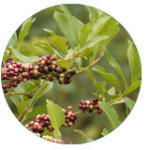
Small yerba mate plants (seedlings) are developed from mature seeds and they are kept up to 7 centimeters.
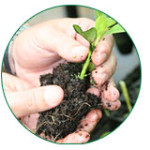
The seedlings are kept in nurseries for about 9 to 12 months and then, they are transplanted to the field.
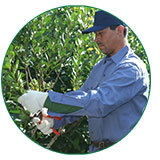
After four years, the plant reaches a suitable development for pruning and harvesting. April and September are the ideal months for harvesting since the leaves are mature enough and the plant is in a vegetative resting (there is no sprouting).
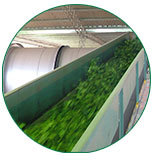
During these processes, the green leaf is exposed to direct fire ( sapeco) and heat for a few seconds in order to reduce the percentage of humidity to a minimum, to achieve crispy leaves. The leaves are transported on conveyor belts to continue their drying process.
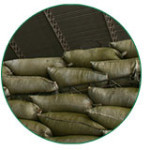
A first coarse grinding or "canchado" of the dry leaf is carried out. Then, the yerba “canchada” is placed in bags and it is stored for 9 months or more, in warehouses where the temperature and humidity are controlled.
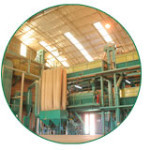
During grinding, each brand determines its blend: the amount of stick, powder and leaves that will define the flavour, scent and colour of your mate.
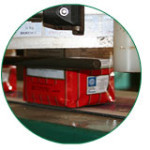
The yerba mate is bundled in packages that keep the quality of the product intact and the National Institute of Yerba Mate (INYM) stamp is placed on each of them.